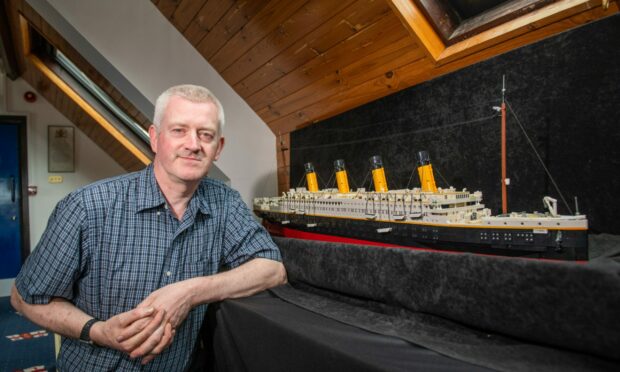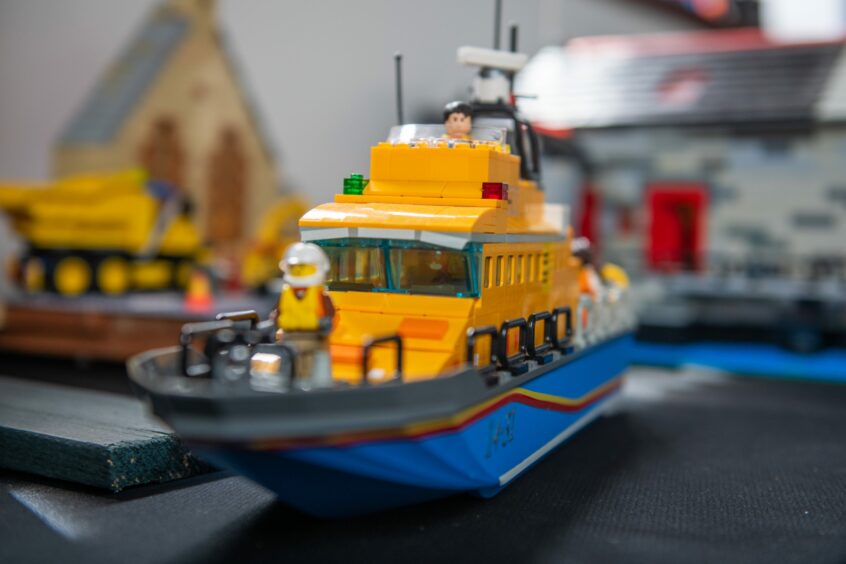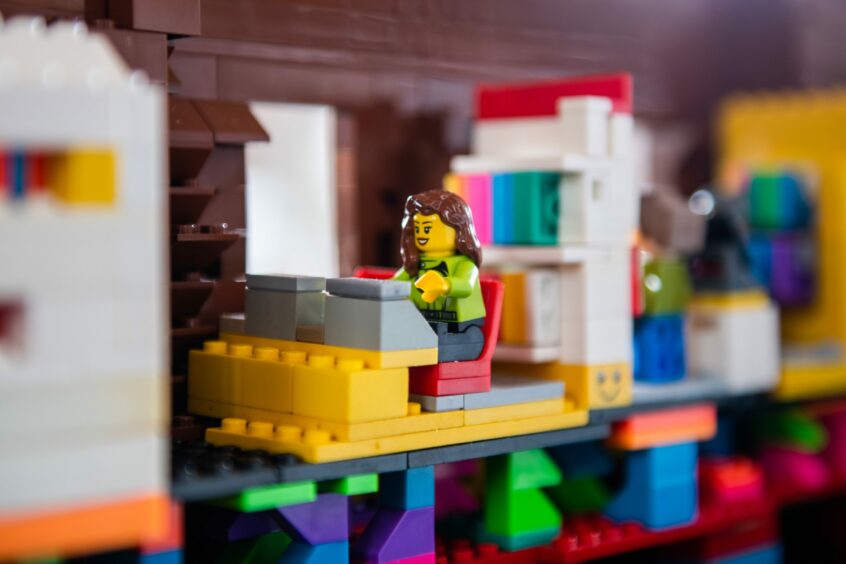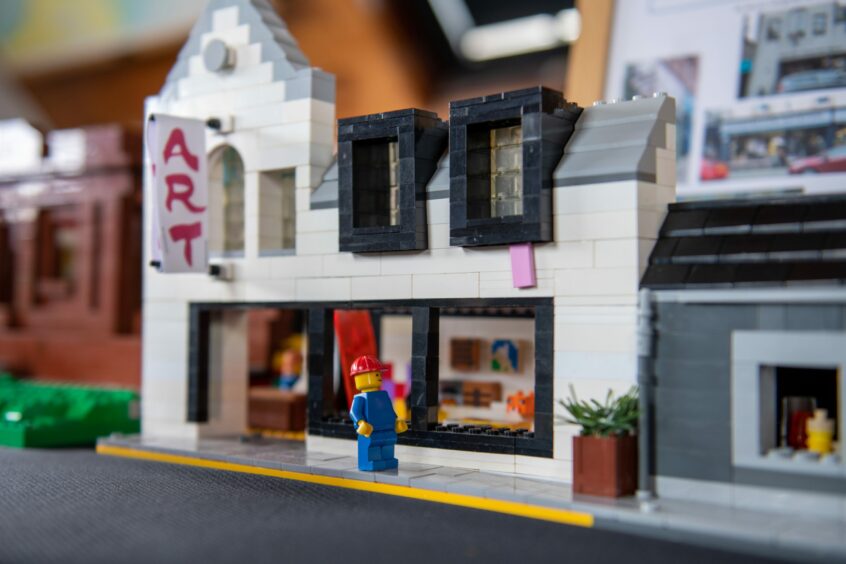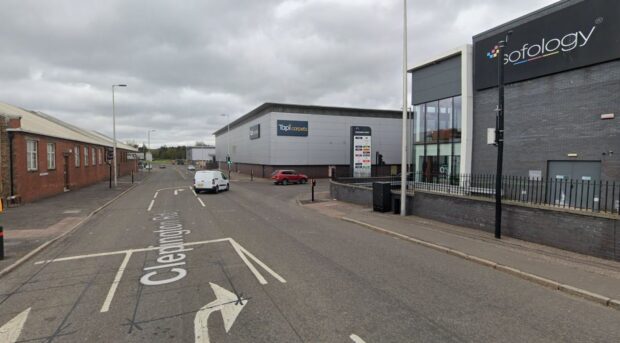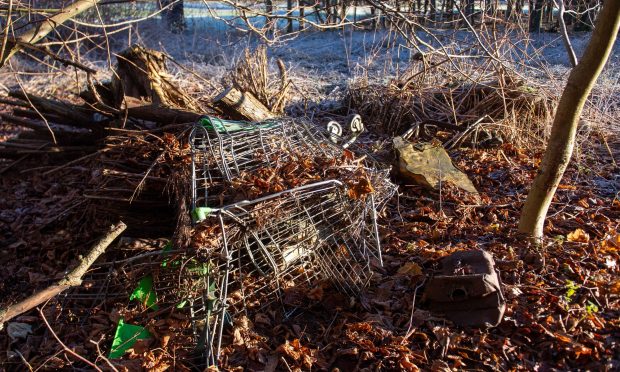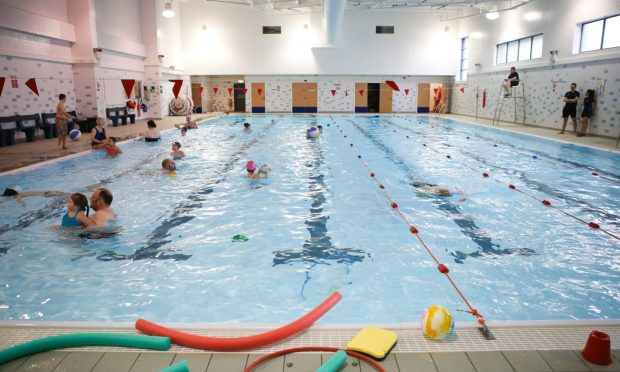A Dundee artist has spent hundreds of hours creating Lego versions of some of the best known landmarks in Broughty Ferry.
The Boatshed Brick Exhibition begins at Broughty Ferry Lifeboat Station today (Monday) with all proceeds going to the local RNLI branch.
Artist Steve Page said he wanted to raise money and awareness for the voluntary organisation.
Steve is also the designer of the davit scultpure at the Ferry’s multimillion-pound flood defence scheme.
He said: “100% of the money raised will go towards saving lives at sea at Broughty Ferry.
The artist, who is also runs a lighting design business for live events, spent a huge number of hours building the models on display.
He said: “Almost all of the models are custom built from basic sketches or memory, without the aid of any instructions or design software.
“I didn’t own a single lego brick until January this year. All models have been built over the last six months.
“Small models can take as little as two hours to build whilst some of the bigger ones have taken numerous weeks of work.
“At a guess there were probably a total of around 50,000 Lego blocks used to build the exhibition.”
All models are built with preloved Lego – some donated, but mostly bought second hand.
“This limitation has presented the biggest challenge as what blocks and colours were available did dictate the designs that were possible,” he added.
Among the Lego models are the all-weather lifeboat, the lifeboat station, shops, landmarks and other marine-related items.
All welcome at Boatshed Brick exhibition
Pete Hay, coxswain of Broughty Ferry lifeboat, said all are welcome to visit the exhibition in the lifeboat station.
“Visitors are invited to come inside the lifeboat station, perhaps meet some of our crew, and view the collection of models built specifically for this exhibition,” he said.
“Many hours of work by Steve have gone into building models from Lego bricks.
“You’ll find miniature versions of the lifeboat station, lifeboats and other things related to safety at sea.
“There will also be miniature versions of some Broughty Ferry landmarks – it will be interesting to see how many people recognise.”
Pete added: “There has already been significant interest in the exhibition. So much so that there are already questions about running the exhibition again in the future.
“If anyone has old boxes of lego gathering dust in the attic then donations for future exhibitions would be very welcome.”
The exhibition runs from Monday July 10 to Saturday July 22, 10am until 2pm daily.
Visitors are asked for a suggested donation of £2 per adult and £1 per child.
